How Snow and Ice Affect Your Roof
1. Excess Weight on the Roof
Snow accumulates quickly during heavy storms, and its weight can stress your roof's structure.
- Light, fluffy snow: Weighs less but can still add up during prolonged snowfall.
- Wet, heavy snow: Puts significant strain on your roof, potentially leading to sagging or collapse.
2. Ice Dams
Ice dams form when heat from your home causes snow on the roof to melt, then refreezes at the eaves.
- Problems caused by ice dams:
- Prevent proper drainage, causing water to back up under shingles.
- Lead to leaks, water damage, and mold growth.
3. Freeze-Thaw Cycle
Repeated cycles of freezing and melting can damage your roof materials.
- Cracked shingles or tiles: Caused by expanding ice within cracks or gaps.
- Weakened flashing: Water that seeps under flashing can freeze and expand, causing damage.
4. Gutter Damage
Heavy snow and ice can build up in gutters, causing them to pull away from the roof or even collapse.
- Clogged gutters: Prevent snowmelt from draining properly, exacerbating ice dam formation.
5. Hidden Leaks and Water Damage
Snow and ice can conceal roof damage, making it harder to detect leaks or structural issues until they worsen.
Signs of Snow and Ice Damage
- Sagging rooflines or ceilings.
- Icicles forming on the edge of the roof (a sign of poor drainage).
- Water stains on walls or ceilings.
- Cracked, loose, or missing shingles.
- Leaks or drafts inside the home.
How to Protect Your Roof from Snow and Ice
1. Clear Snow Safely
- Use a roof rake: A long-handled roof rake can help you remove snow from the edges without climbing onto the roof.
- Hire professionals: If snow is excessive, contact experts to clear it safely.
2. Prevent Ice Dams
- Improve attic insulation: Prevent heat from escaping and melting the snow unevenly.
- Ensure proper ventilation: Good airflow helps maintain consistent roof temperatures.
- Install heat cables: Electric cables can prevent ice dams by melting snow at critical points.
3. Maintain Gutters
- Clean gutters before winter to ensure proper drainage.
- Install gutter guards to prevent debris buildup.
4. Schedule Regular Inspections
- Have a professional inspect your roof before and after winter for signs of damage or wear.
- Look for issues like weak flashing, missing shingles, or structural vulnerabilities.
5. Trim Overhanging Branches
- Reduce the risk of branches breaking under snow weight and damaging your roof.
Factors to Consider Before Financing
1. Your Financial Situation
- Do you have enough savings to cover the cost without financing?
- Will monthly payments fit comfortably within your budget?
2. Loan Terms
- What is the interest rate, and how will it affect the total cost?
- Are there penalties for early repayment?
3. Roof Lifespan and Value
- How long do you plan to stay in your home?
- Will the new roof add significant value or energy savings?
4. Available Financing Options
- Does your roofing contractor offer in-house financing?
- Are there better loan options available through banks or credit unions?
5. Emergency Repairs
If the repair is urgent, financing may be the only way to avoid further damage and costs.
What to Do If You Notice Damage
- Address issues immediately: Ignoring problems can lead to more extensive and costly repairs.
- Call a professional: Roofing experts can safely assess the damage and recommend solutions.
- Document damage for insurance: Take photos and contact your provider to file a claim if needed.
Conclusion
Snow and ice are unavoidable in winter, but proactive maintenance and timely action can minimize their impact on your roof. By staying vigilant and addressing issues early, you can protect your home and avoid costly repairs.






